MODERNISM AT THE BARRICADES
STEPHEN ERIC BRONNER
MODERNISM AT THE BARRICADES
AESTHETICS, POLITICS, UTOPIA
 COLUMBIA UNIVERSITY PRESS NEW YORK
COLUMBIA UNIVERSITY PRESS NEW YORKColumbia University Press
Publishers Since 1893
New York Chichester, West Sussex
cup.columbia.edu
Copyright 2012 Columbia University Press
All rights reserved
E-ISBN 978-0-231-53088-0
Library of Congress Cataloging-in-Publication Data
Bronner, Stephen Eric, 1949
Modernism at the barricades : aesthetics, politics, Utopia / Stephen Eric Bronner.
p. cm.
Includes bibliographical references and index.
ISBN 978-0-231-15822-0 (cloth : alk. paper)ISBN 978-0-231-53088-0 (ebook)
1. Arts, Modern20th century. 2. Arts and societyHistory20th century. 3. Aesthetics, Modern20th century. I. Title.
NX456.5.M64B76 2012
700'.4112dc23
2012005414
Cover design: Michael Gibson
CUP would be pleased to hear about your reading experience with this e-book at .
References to Internet Web sites (URLs) were accurate at the time of writing. Neither the author nor Columbia University Press is responsible for URLs that may have expired or changed since the manuscript was prepared.
In memory of my dear friend and comrade
Robert Fitch
One must be absolutely modern.
Arthur Rimbaud
Make it new!
Ezra Pound
Let us make room for freedom!
Erich Mhsam
Contents
Modernism at the Barricades makes no pretense to being an inclusive history or an overarching formal analysis of a cultural transformation that still marks our time. Its concern is more modest. The studies in this volume deal with different aspects of the confrontation between modernism and modernity. Each chapter, after its fashion, explores the cultural politics of an international avant-garde intent on resisting bureaucracy, standardization, mass society, and the commodity form. Modernists everywhere complied with Ezra Pounds injunction to make it new! But that didnt prevent them from appropriating certain elements of the past in contesting trends that they identified with cultural decadence and the erosion of authentic feeling, along with alienation and reification. Few had any use for reform. Visions of the apocalypse, in fact, became a substitute for old-fashioned ideas of revolution inherited from 1789. Modernists believed that their world stood in need of utopian redemption. New ways of feeling, new forms of expression, and new possibilities of experience and solidarity were required for an increasingly decadent civilization hurtling towards war. Expanding the realm of experience and reinvigorating everyday life served as the focus of their efforts. Modernism had from its inception implicitly identified this kind of cultural resistance with politics, and the implications of that identification remain with us today.
Modernism popularized the notion of cultural politics: the transformative project now centered on liberating the individual from the constraints of tradition while envisioning a new notion of community. Institutions rarely played a role in this undertaking any more than material interests or the ability to specify objective constraints on action. Culturally enriching what Walter Benjamin termed the poverty of the interior was the primary purpose of social action. That painting should have played such a central role in this enterprise only makes sense. Around the turn of the twentieth century it was still the medium in which, quite literally, the public saw itself. Articulating new possibilities of experience on the part of modernist painting may objectively have had its roots in attempts to rescue the medium from photography and film, which appeared to have captured the real, but subjectively, these new visual experiments constituted a scandalous affront to tradition and how reality was understood. Expressionism, futurism, Dada, and surrealism privileged painting. Their innovative forms projected a radical and often utopian content. Repressed desires and denied experiences became the stuff of visionary change. Modernist painting at its best crystallizes the latent tensions and the underside of a period commonly identified with a confident self-satisfaction in scientific and industrial progress and the triumph of enlightened ideals. Cultural rebellion against this self-understanding became conflated with political revolution.
Modernism at the Barricades shows how the experiments undertaken by the international avant-garde (often unintentionally) created cultural preconditions for political action, how some of their efforts proved progressive and others reactionary, and how culture and politics sometimes overlap and other times contradict one another. Its chapters highlight both the political responsibility of the artist and the way in which authorial intention can be manipulated. They speak to avant-garde movements now past and offer glimpses of what might be reconfigured for progressive purposes in the present. They also, I hope, offer insights into some of the confusions still operative in cultural politics today. Ultimately, this book attempts to remind us of the political dimension in developments that are, today, usually treated in purely aesthetic terms. But it also questions the self-indulgence, political ignorance, and plain irresponsibility within the modernist tradition.
The introduction explores the logic of modernism, the implications deriving from its understanding of cultural politics, and the normative impulses governing this study. The next chapter deals with the tradition of radical cultural criticism, its limits and contributions, and the politically charged meaning of terms like realism, modernism, and postmodernism. Such categories are then rendered concrete in chapters that analyze the thinking of various representative artists and the political ideologies of movements like expressionism, futurism, and surrealism. These movements and their artists often had real political impact. That is why it makes sense to consider events like the Bavarian Soviet of 1919, known as the government of the literati, as well as the monumental exhibition Paris and Berlin, 19001933, which took place at the Pompidou Center in 1978. The last chapter looks back on the past with an eye to the future.
Modernism at the Barricades grew out of an interest in modernism and modernist painting that began while I was growing up during the 1960s. Ernst Bloch, who influenced my views on aesthetics, insisted that modernist painting contributed most to the international cultural transformation generated by the European avant-garde. That is part of the reason why I place such emphasis on the visual arts in this book. Painting helped me imagine the character of a counterculture and a new sensibility. Utopian sentiments were also pervasive during the 1960s. Enough intellectuals and activists echoed the call of Ernst Barlach, the great expressionist artist, for the regeneration of humanity. Cultural politics marked the 1960s, and building upon the modernist legacy, art was seen as a transformative weapon that would change the worldso to speakfrom the inside out. Jules Michelet, G.W. F. Hegel, and Karl Marx may have taught that inner experience was constructed by social life and that the transformation of the self was possible only if society was transformed first. But the German expressionists, the Italian and Russian futurists, the French surrealists, and the rest thought differently. In works like

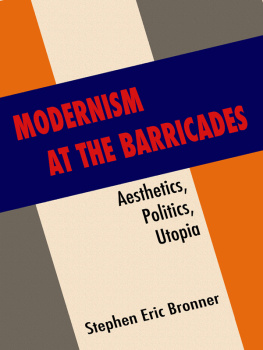

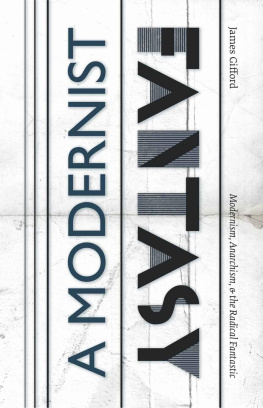
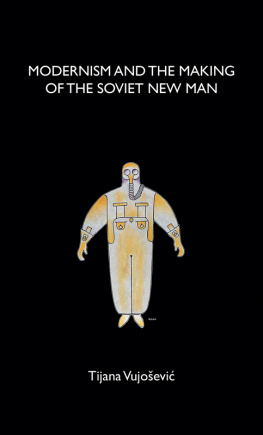
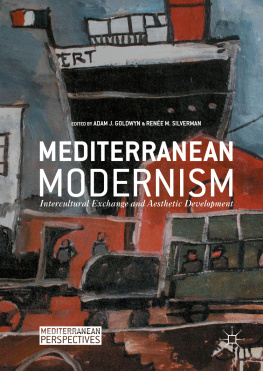
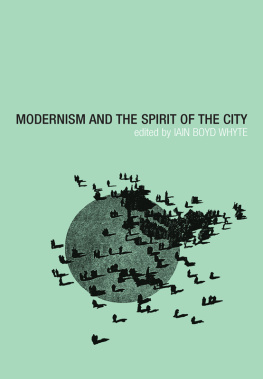


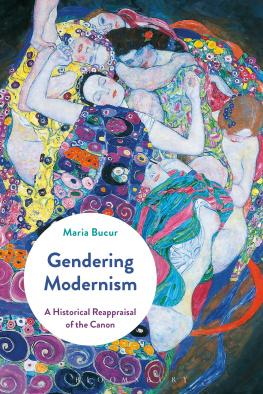
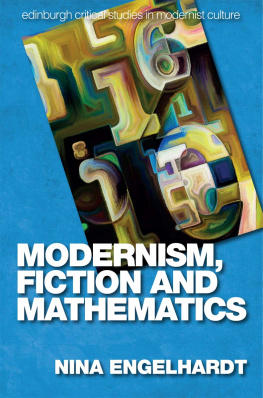
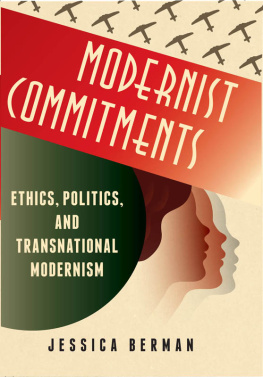

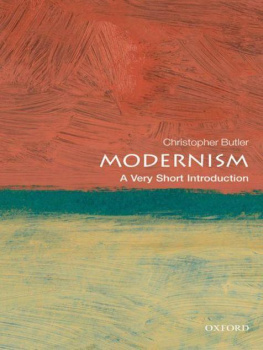

 COLUMBIA UNIVERSITY PRESS NEW YORK
COLUMBIA UNIVERSITY PRESS NEW YORK